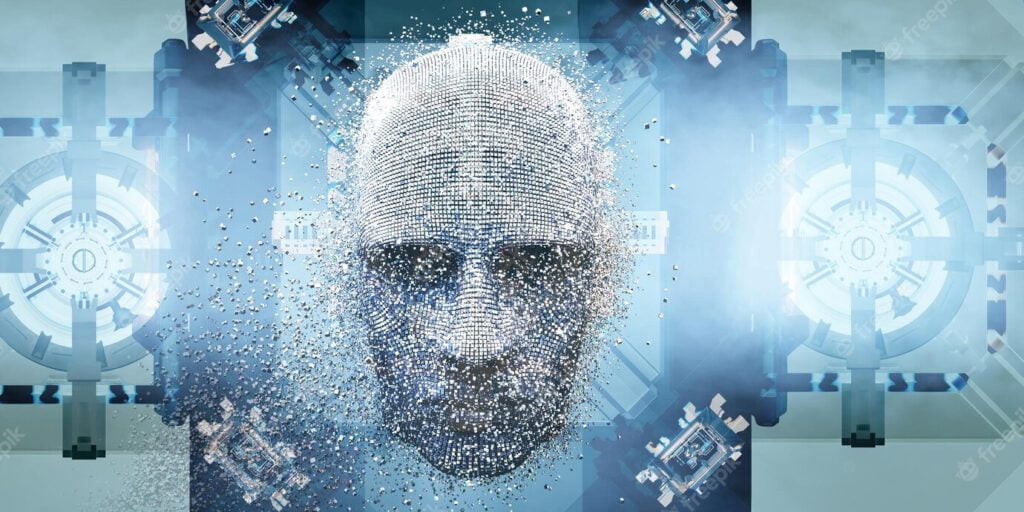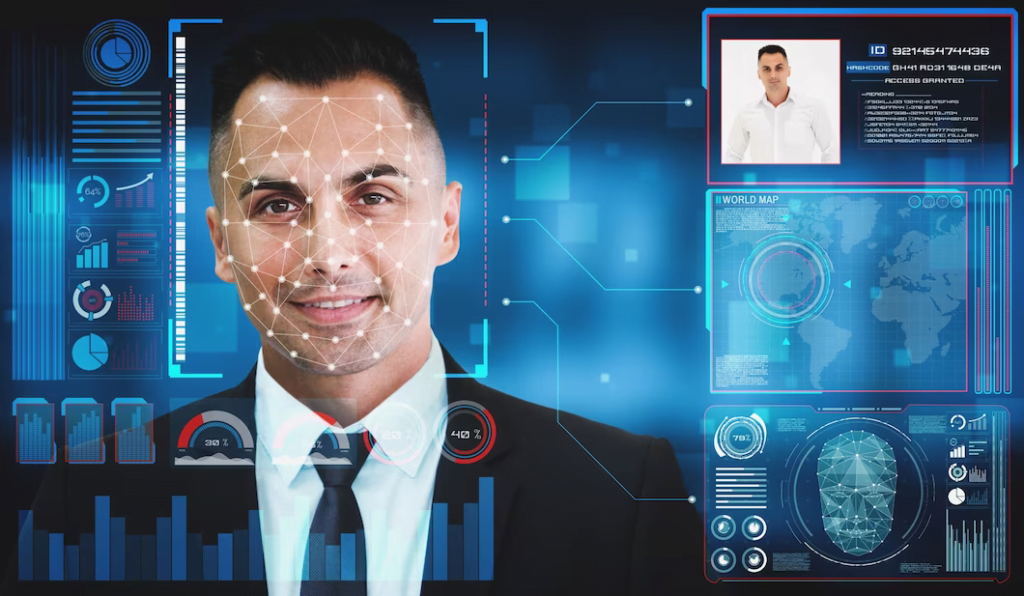Deepfake technology, using AI to create hyper-realistic fake videos and audio recordings, is no longer a novel concept but rather a concerning reality. Its applications are vast and growing, opening new doors to creativity but also leading to significant risks such as misinformation and fraud. Protecting against these dangers requires a strong cybersecurity approach. In this article, we’ll explore why robust cybersecurity is not just essential but mandatory to combat deepfake-induced challenges.
The Rise of Deepfake Technology
Deepfake technology, an AI-driven technique that synthesizes human-like images and voices, has seen explosive growth since its advent. In entertainment, deepfakes offer thrilling possibilities, like resurrecting historical figures or creating virtual actors. Yet, this very capability to fabricate realistic media is a double-edged sword. It opens perilous paths for misuse, from political manipulation to personal deceit. Deepfake’s reach is not limited to creating counterfeit videos but extends to audios, generating entirely false conversations. These manipulations have sent ripples across various sectors, sparking apprehension over deepfake’s potential to proliferate misinformation and fraudulent activities.
Deepfake and Misinformation
The impact of deepfake on misinformation cannot be overstated. We live in an age where videos are considered irrefutable proof, yet deepfake blurs these lines of trust. Manipulating video content, such as speeches or actions of public figures, can foster political unrest, tarnish reputations, or manipulate public sentiment. Examples of this abuse are no longer theoretical; several deepfake videos have been exposed, attempting to influence political landscapes and societal beliefs. The urgency to develop technologies and strategies to identify deepfake-produced content is paramount to maintaining public trust and stability.

Deepfake and Fraud
Deepfake’s reach goes beyond mere misinformation, extending into the realms of financial and identity fraud. By replicating the appearance and voice of legitimate figures, criminals can orchestrate sophisticated scams. These fraudulent activities range from soliciting confidential information to impersonating company executives for financial gain. This ever-growing threat makes advanced cybersecurity and public awareness more essential than ever, both for businesses and individuals.
Cybersecurity Solutions to Deepfake Challenges
Combatting the challenge of deepfake necessitates cutting-edge cybersecurity solutions. AI and machine learning have paved the way for algorithms capable of detecting deepfake creations with impressive precision. But detection is only part of the battle. Organizations must adopt comprehensive cybersecurity strategies, stay informed about the latest technological advancements, and participate in cross-industry collaborations. Regulatory measures and ethical guidelines must also be considered to frame a cohesive response to the deepfake phenomenon.

Future Prospects and Continuous Vigilance
The deepfake landscape continues to evolve, and with it, the sophistication and scale of potential threats. As technology progresses, so too must the methods to counteract it. Future developments may unleash new forms of deepfake, requiring ongoing innovation and vigilance in cybersecurity. The challenge of deepfake is not a solitary battle; it requires the concerted efforts of governments, technology companies, and individual users. Recognizing the shared responsibility and investing in education, technology, and ethical practices will be key to navigating the uncharted territories of deepfake and preserving the integrity of our digital future.
Conclusion
Deepfake is more than just a technological marvel; it’s a double-edged sword with the potential to both enrich and harm our digital lives. The battle against deepfake-related misinformation and fraud requires an unwavering commitment to cybersecurity. The challenge is significant, but by embracing technology responsibly, staying informed, and advocating for ethical use, we can create a safer future. The digital age’s success depends on our collective ability to leverage technology like deepfake for good while fiercely protecting against its potential harms.




